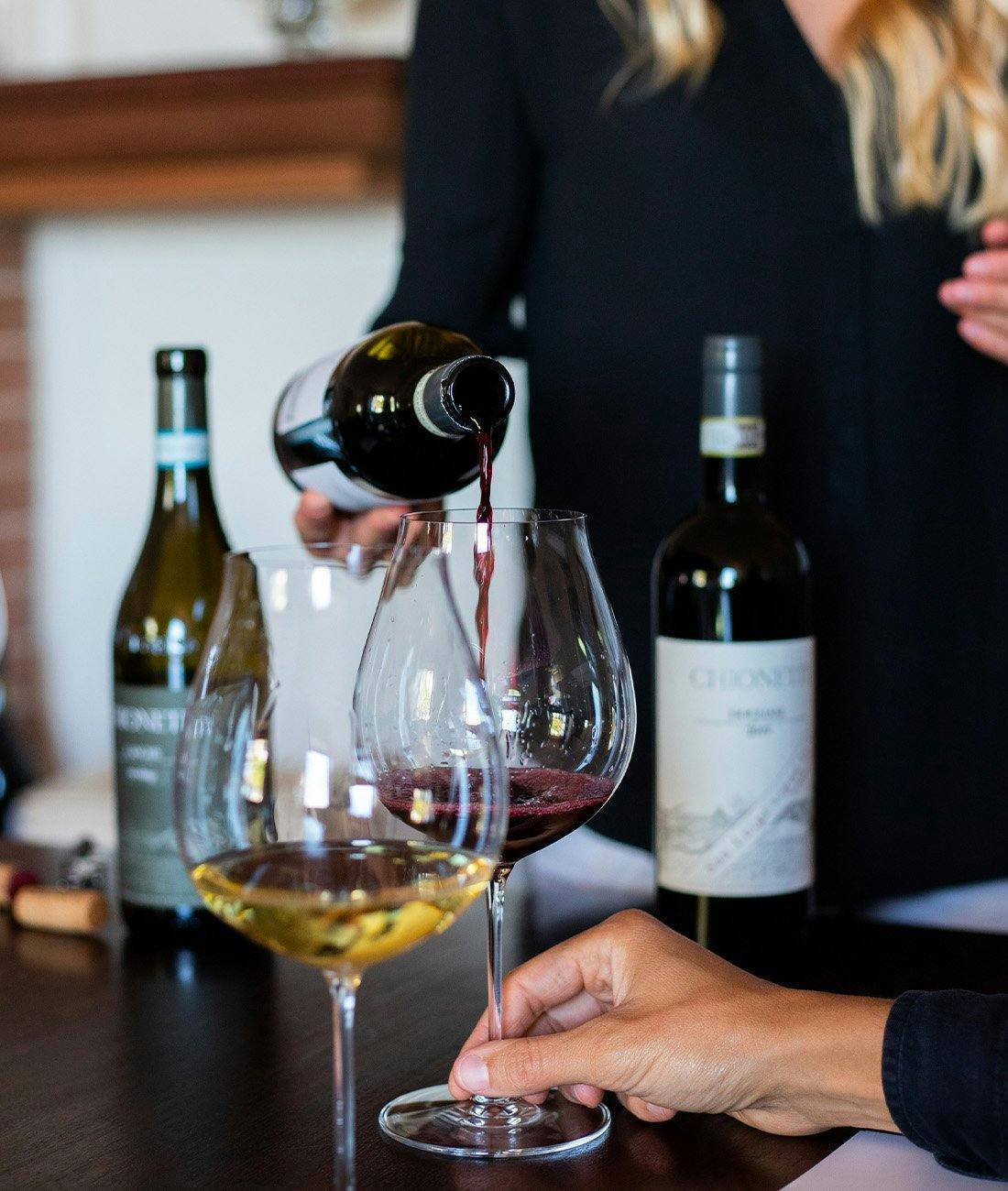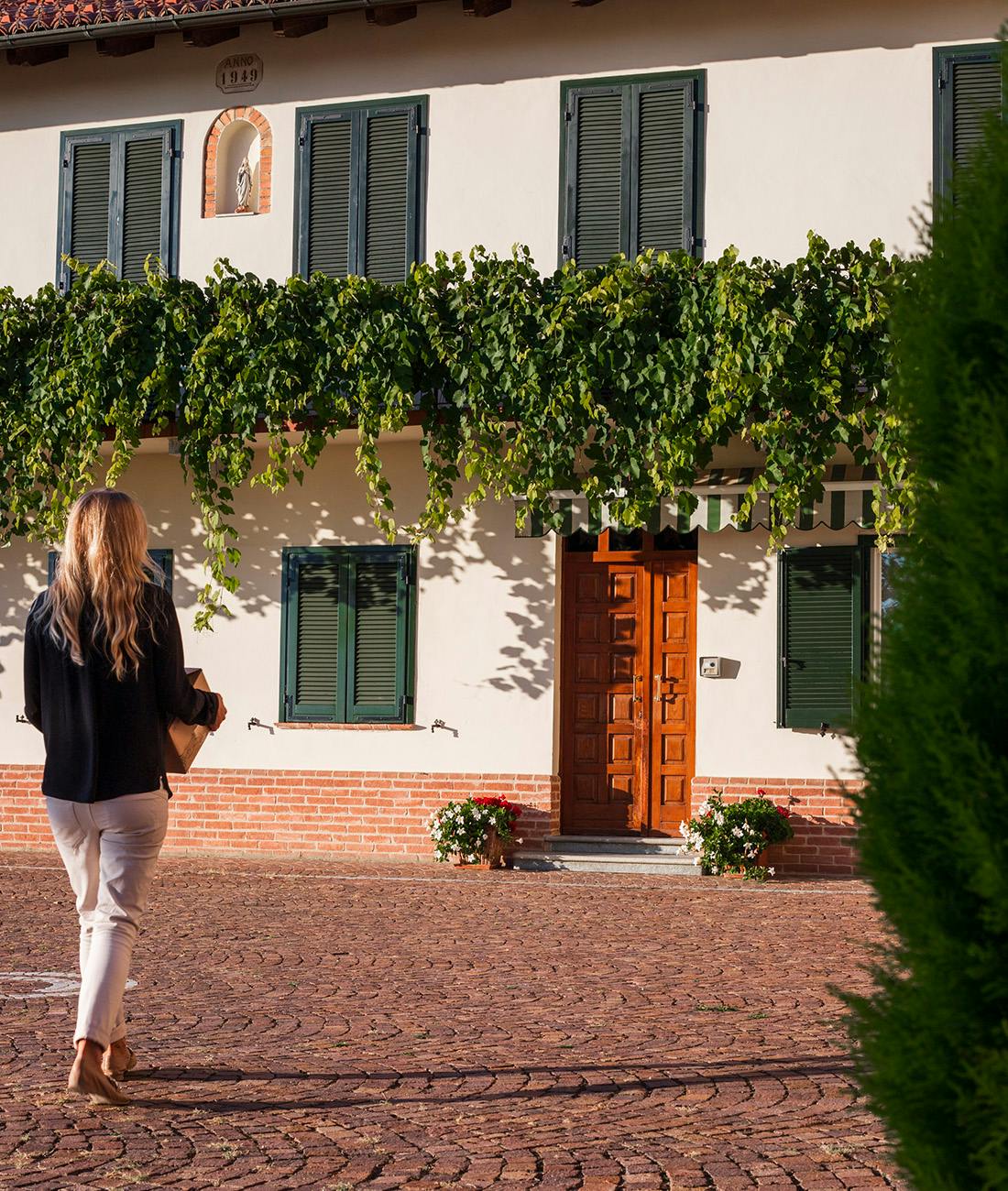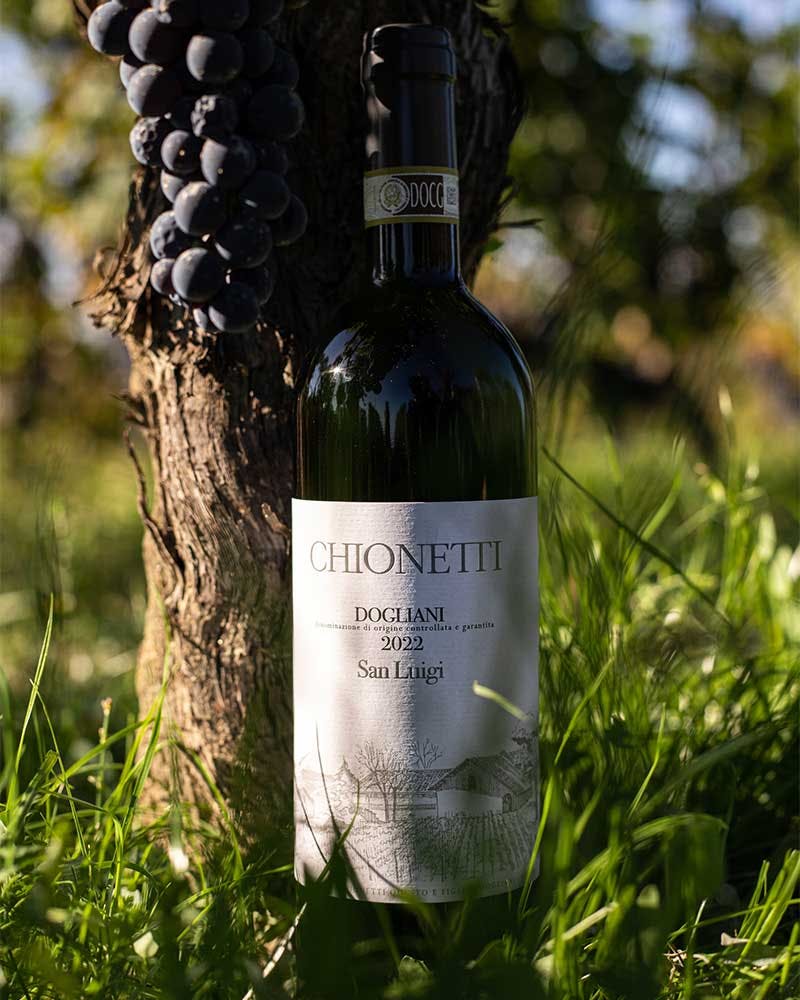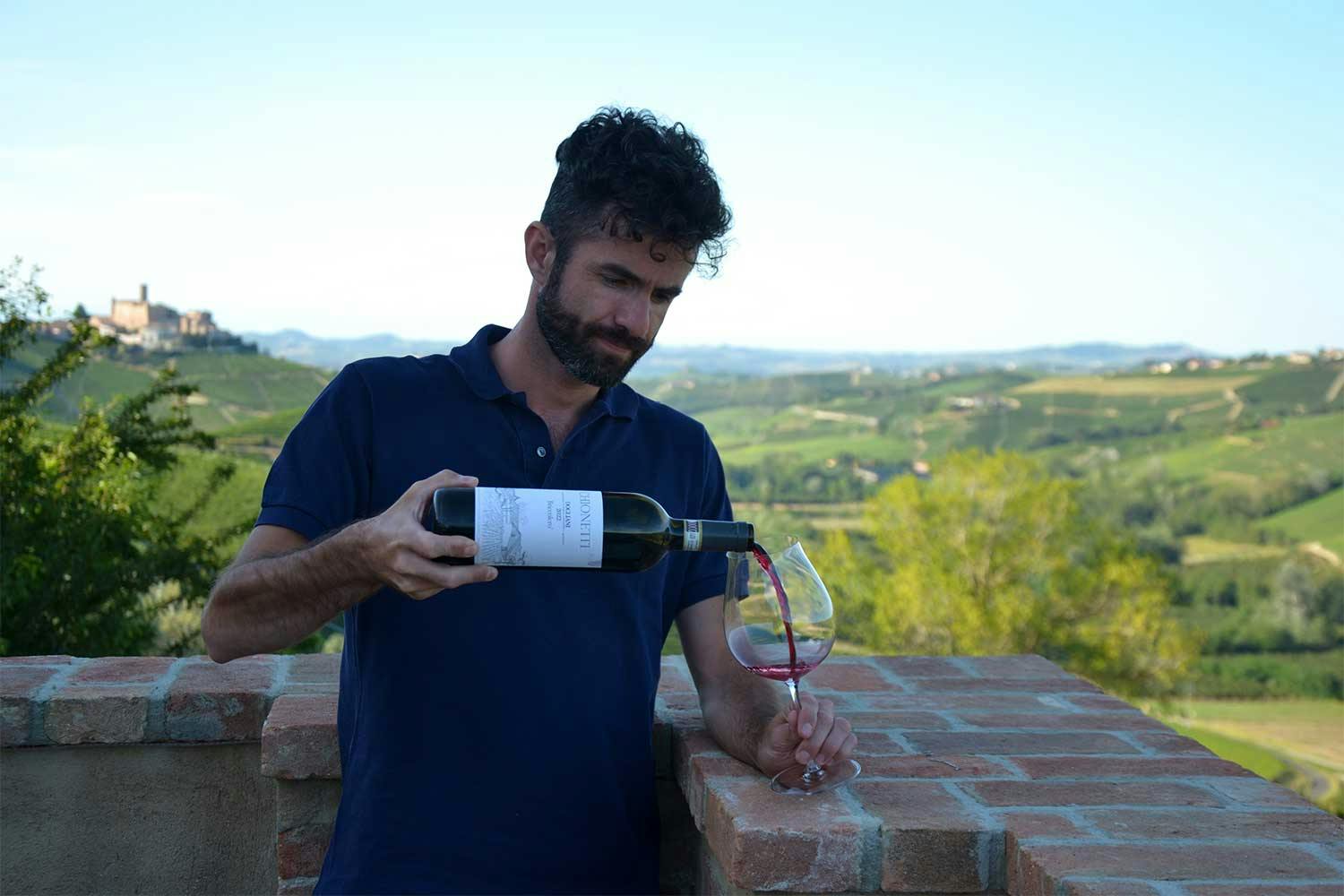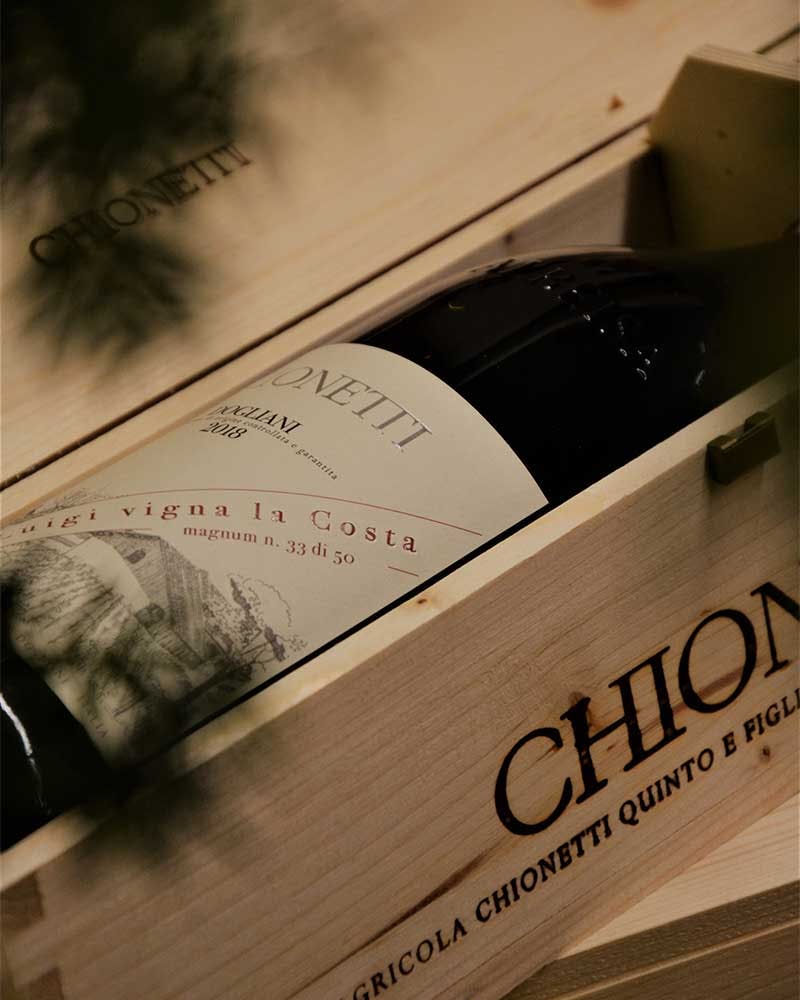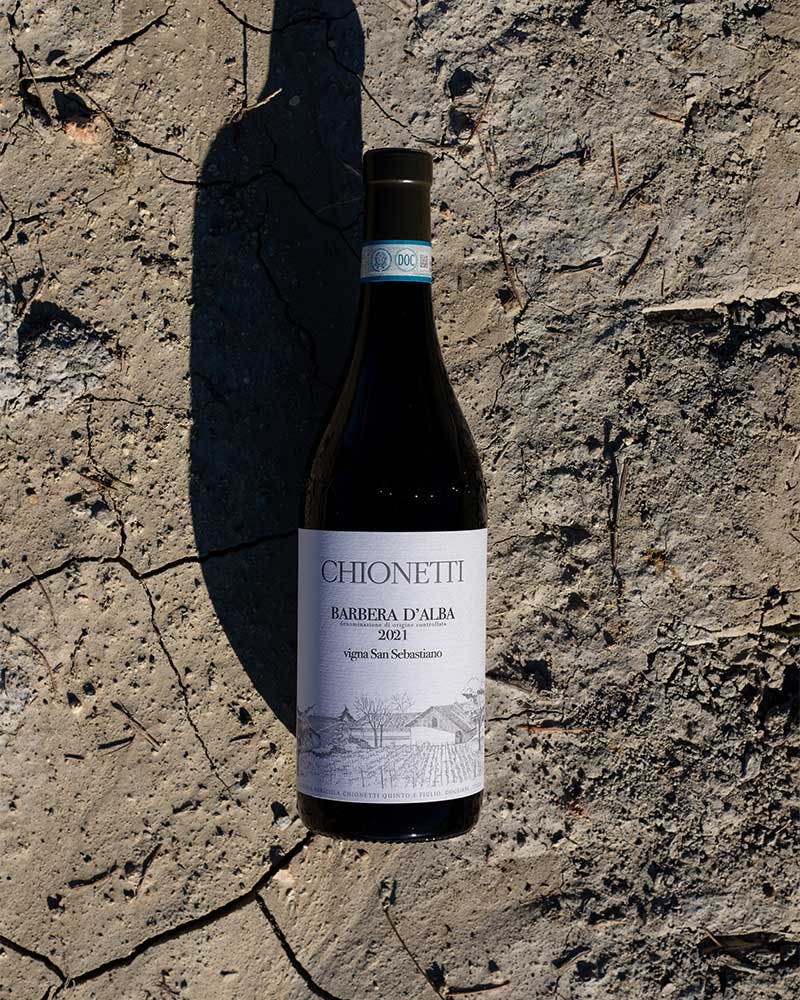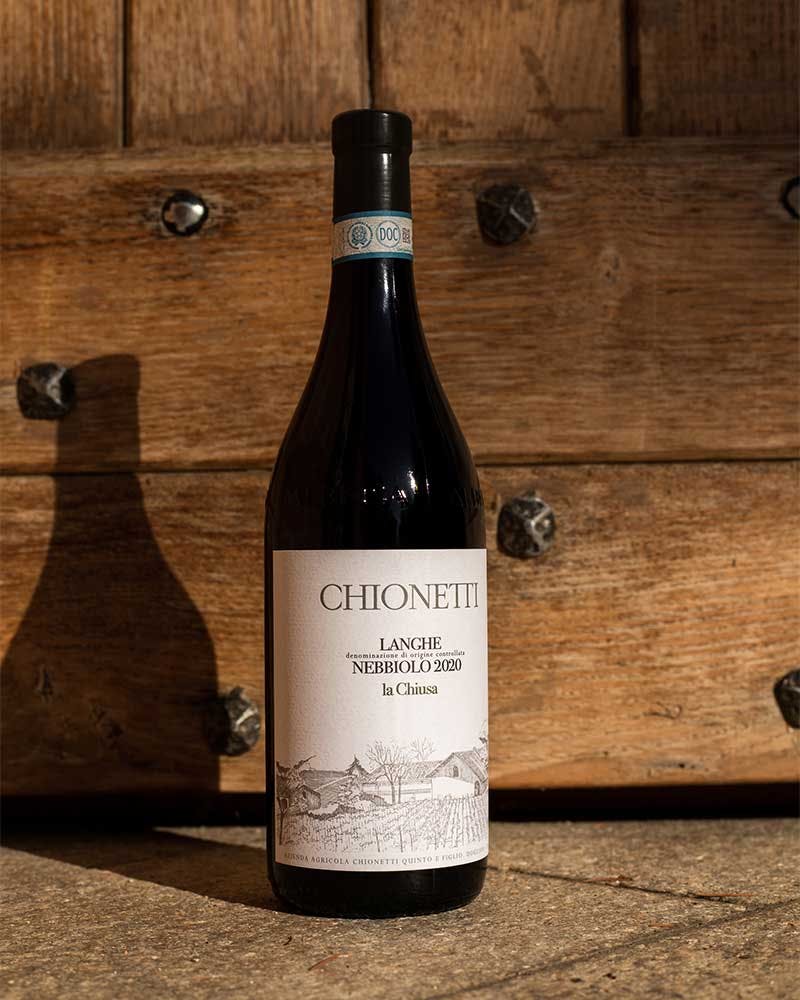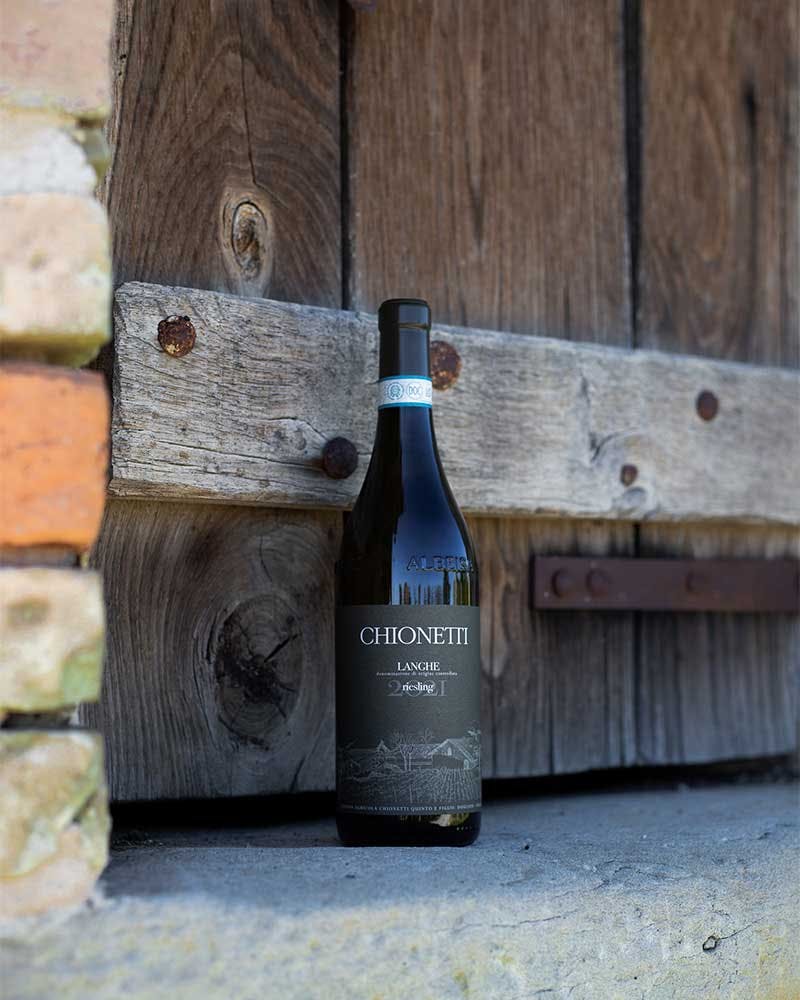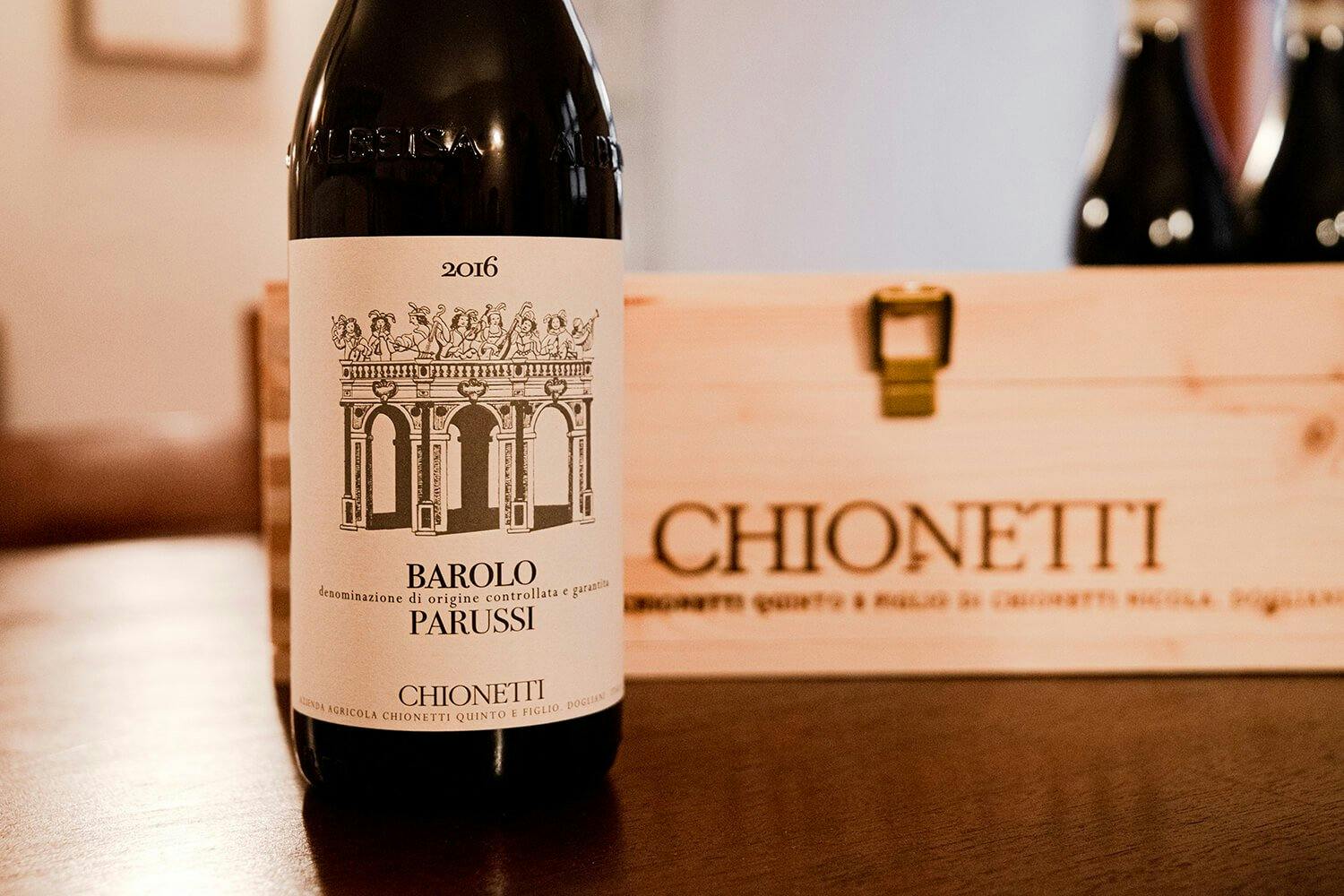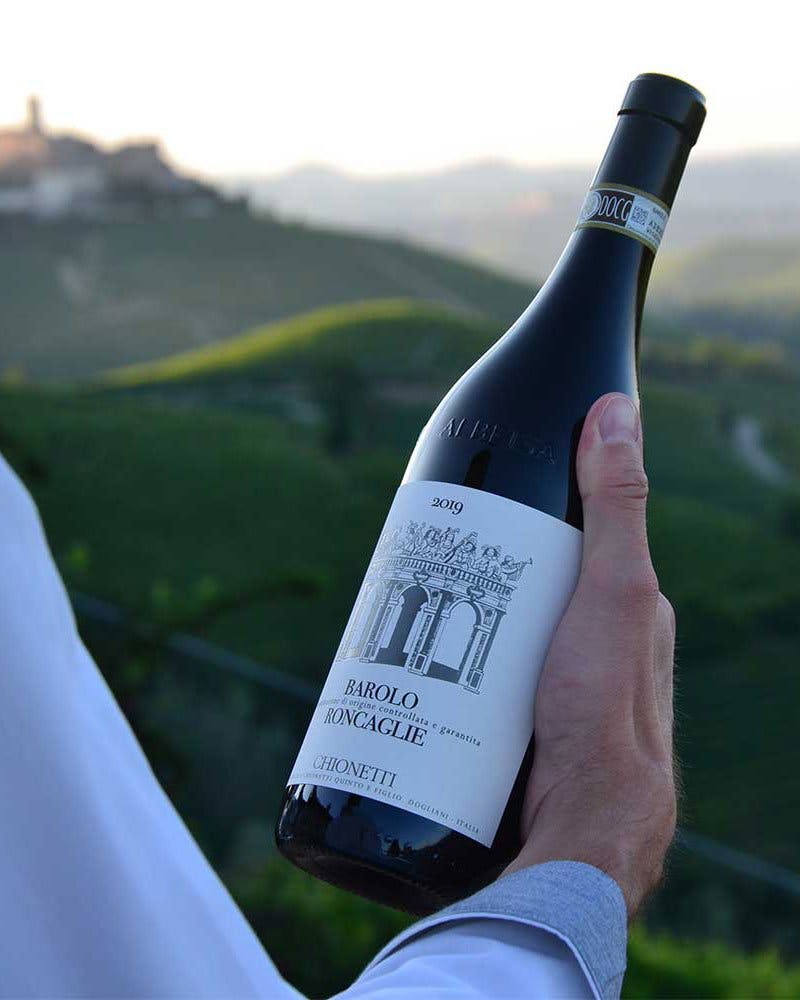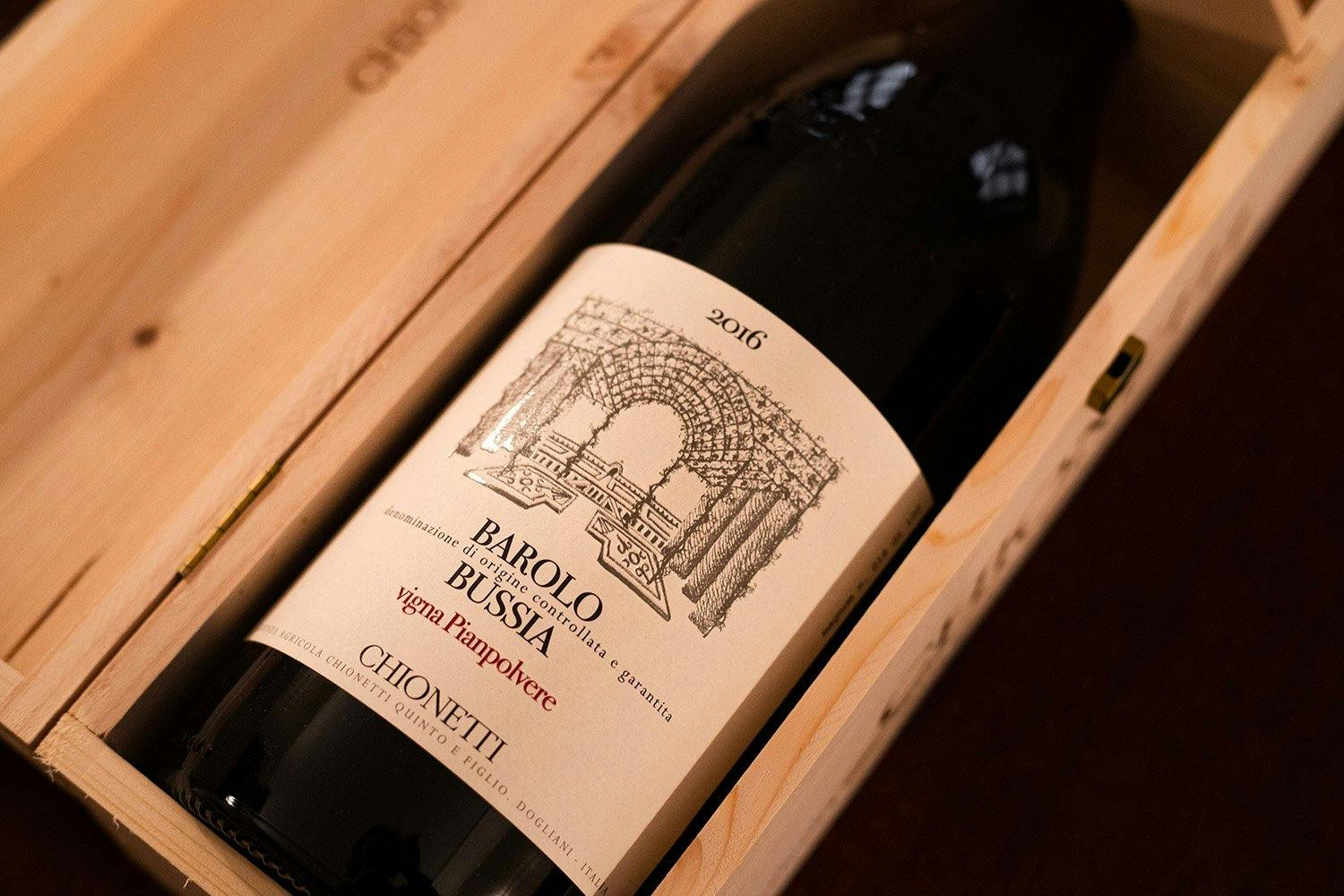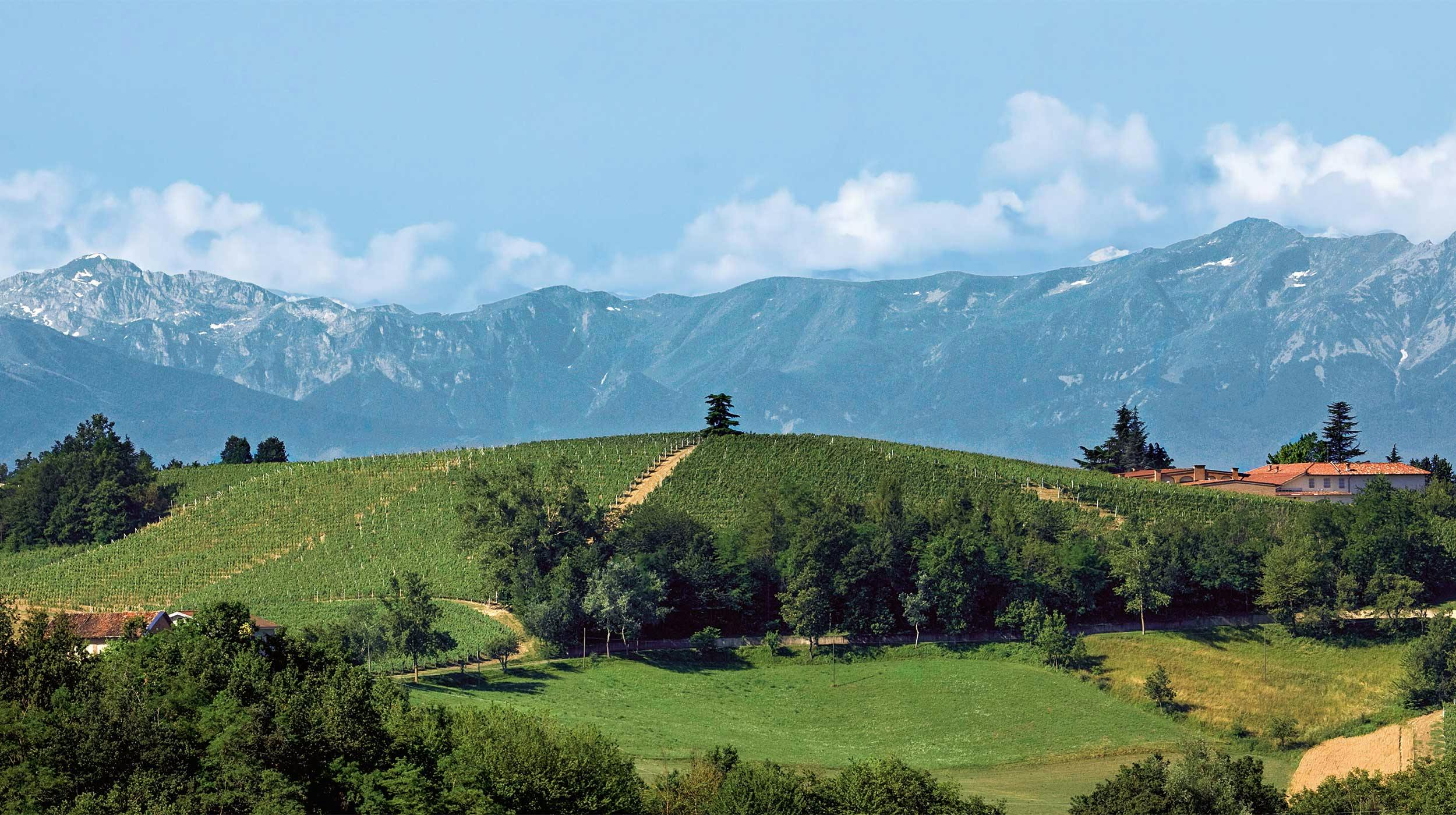
The vineyard is life
Founded by Giuseppe Chionetti in 1912, the winery was run for over 50 years by the historical owner Quinto. Today, the fifth generation of the Chionetti family continues the winemaking tradition with the same commitment to quality and terroir.
In the name of DoglianiThe Chionetti family has been intertwined with vines since the 19th century. The pivotal moment occurred in 1912 when Giuseppe Chionetti acquired a farmhouse in San Luigi, an area in Dogliani particularly suited to vineyards. From that point forward, the Chionetti family became synonymous with Dolcetto. Dogliani stands indeed as one of the most historically significant and high-quality Dolcetto regions.
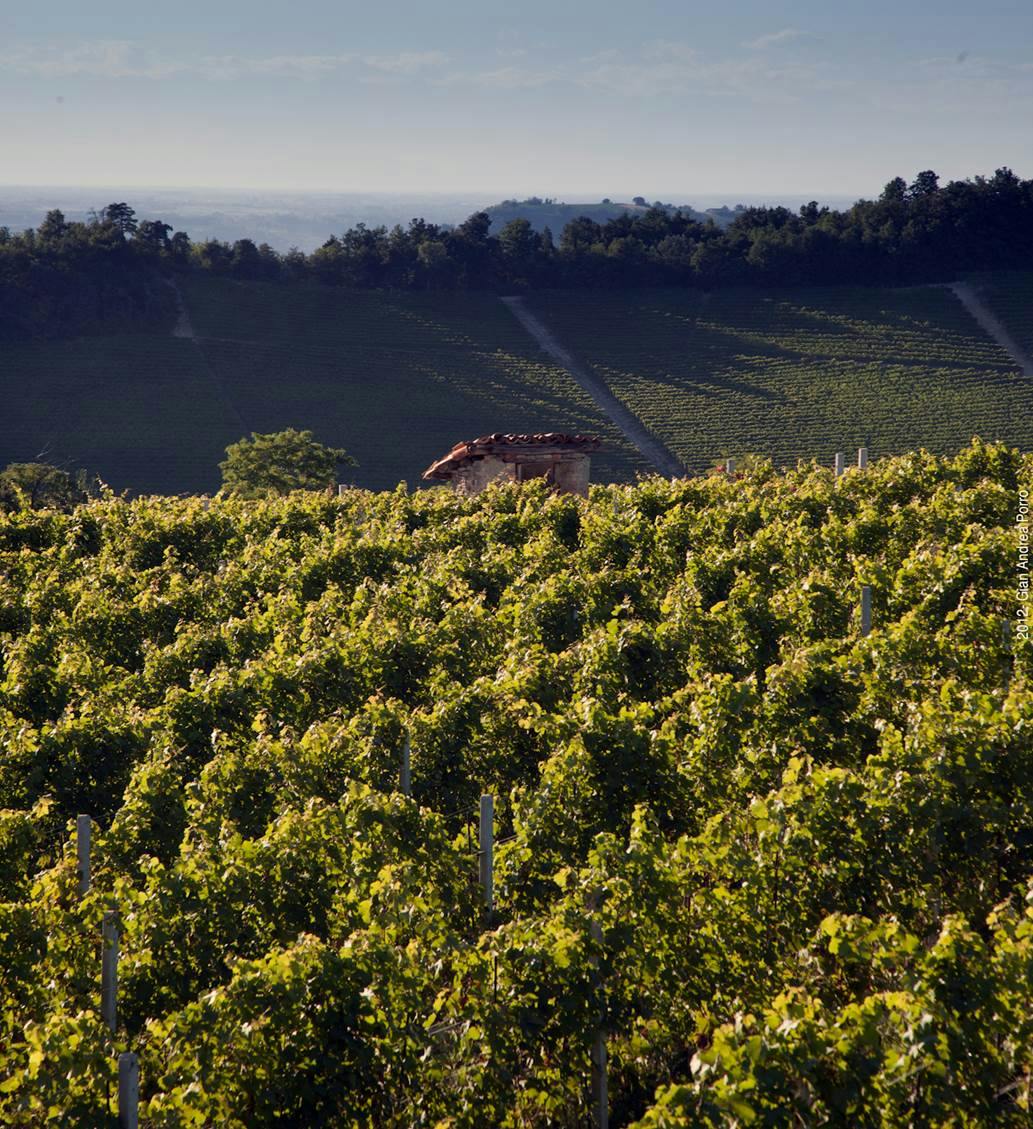
By the middle of the 20th century, the Chionettis were one of the three families in Dogliani who bottled their Dolcetto. Quinto and his son Andrea were the first to include the names of the vineyards on the labels. Much later, in 2015, Nicola, Andrea’s son, took up the mantle in producing wine from the same Dolcetto vineyards and revived his father’s old project: the production of Barolo.
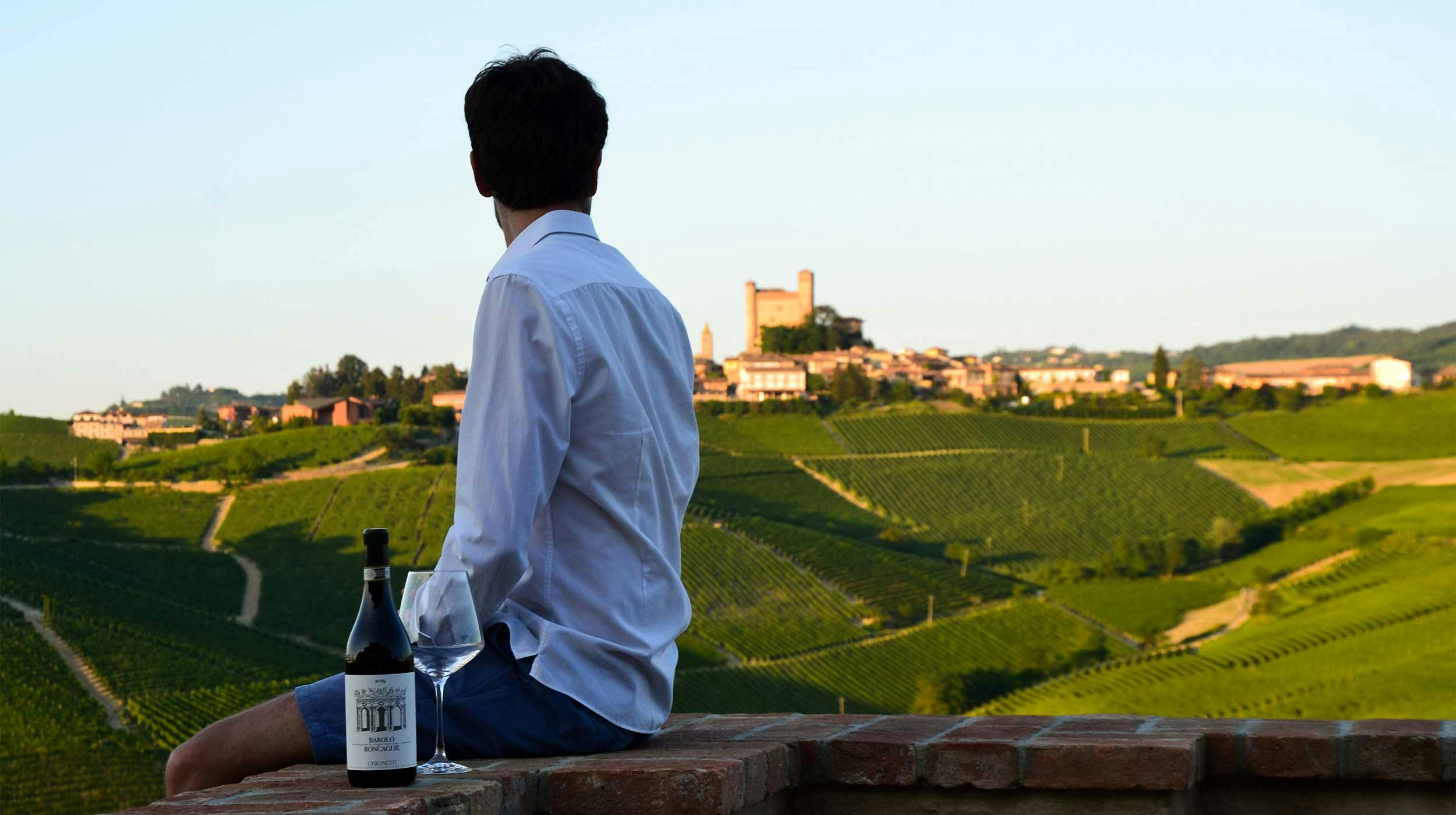
Chionetti wines
Different scores, same tone: our wines reflect the vineyard’s origins, the soil, and the vintage. Our products thus vary from year to year, but not in identity: the terroir and elegance that distinguish them have been the same for more than 100 years.
Style and valuesWe are custodians of a territory and of an interpretation of winemaking. Our vineyards are carefully tended through organic practices, a testament to our commitment to safeguard the splendid Langhe region, the birthplace of our exceptional wines. To us, nurturing the land today is an investment in the enduring quality of our wines for the future.
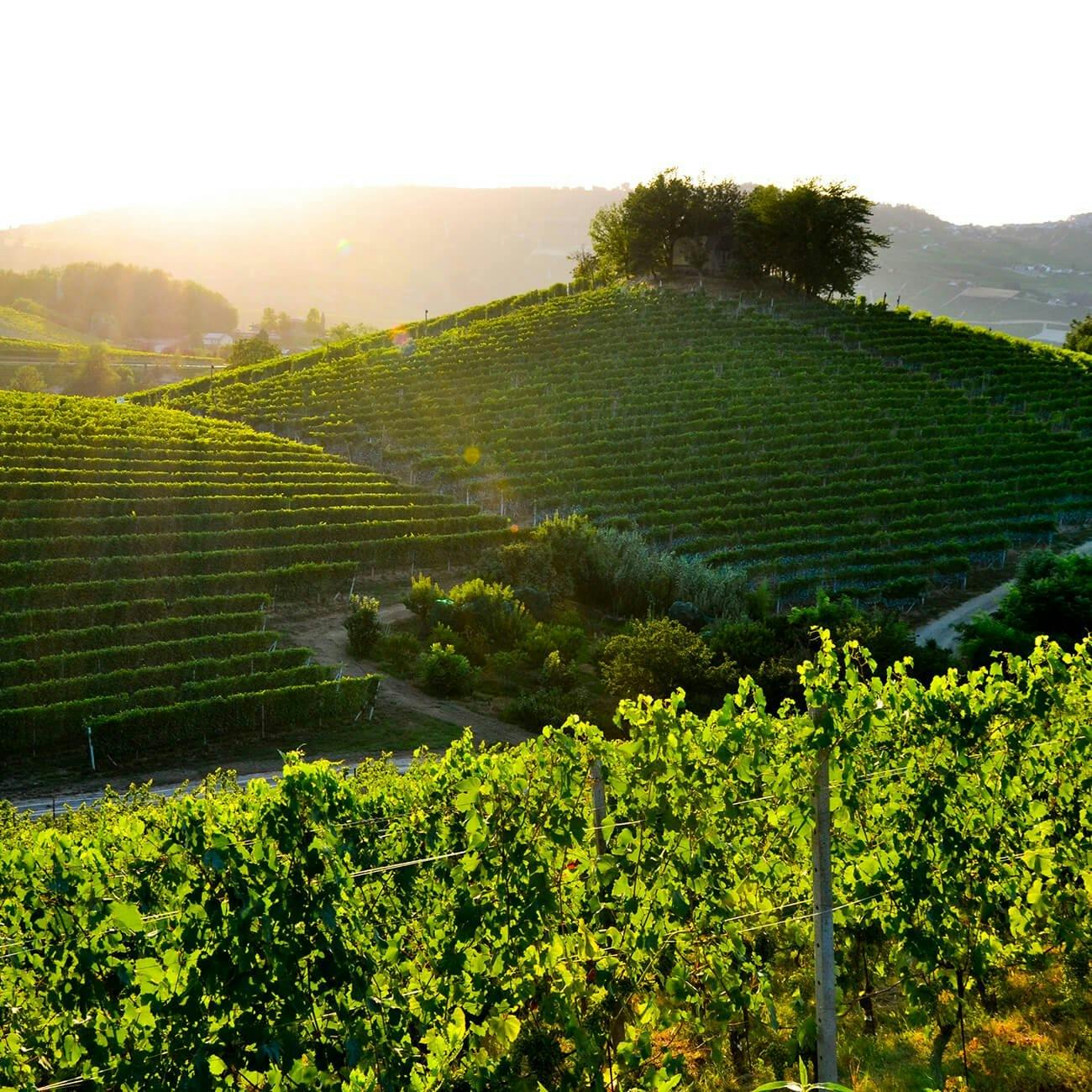
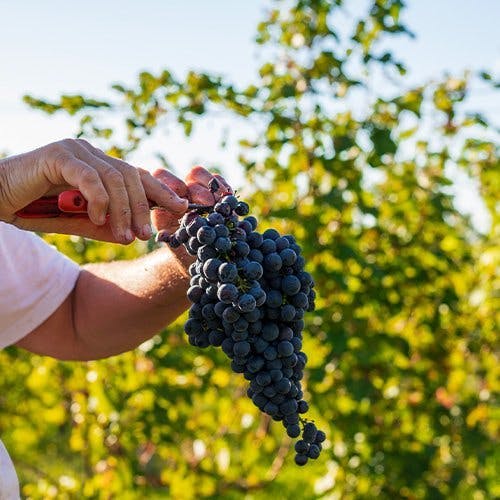
The Chionetti family’s winemaking history evolved through extensive research on their estate vineyards, prioritizing grape quality and health. This journey began with a focus on agronomic practices, including the early rejection of herbicides and, more recently, achieving certified organic cultivation.
Winery visits
Tastings at our winery are a journey through the different expressions of the Langhe terroir.
It’s an experience that unveils five generations of winemakers, each finding their most genuine expression in wine, allowing the fruits of their labor to narrate their unique story.
